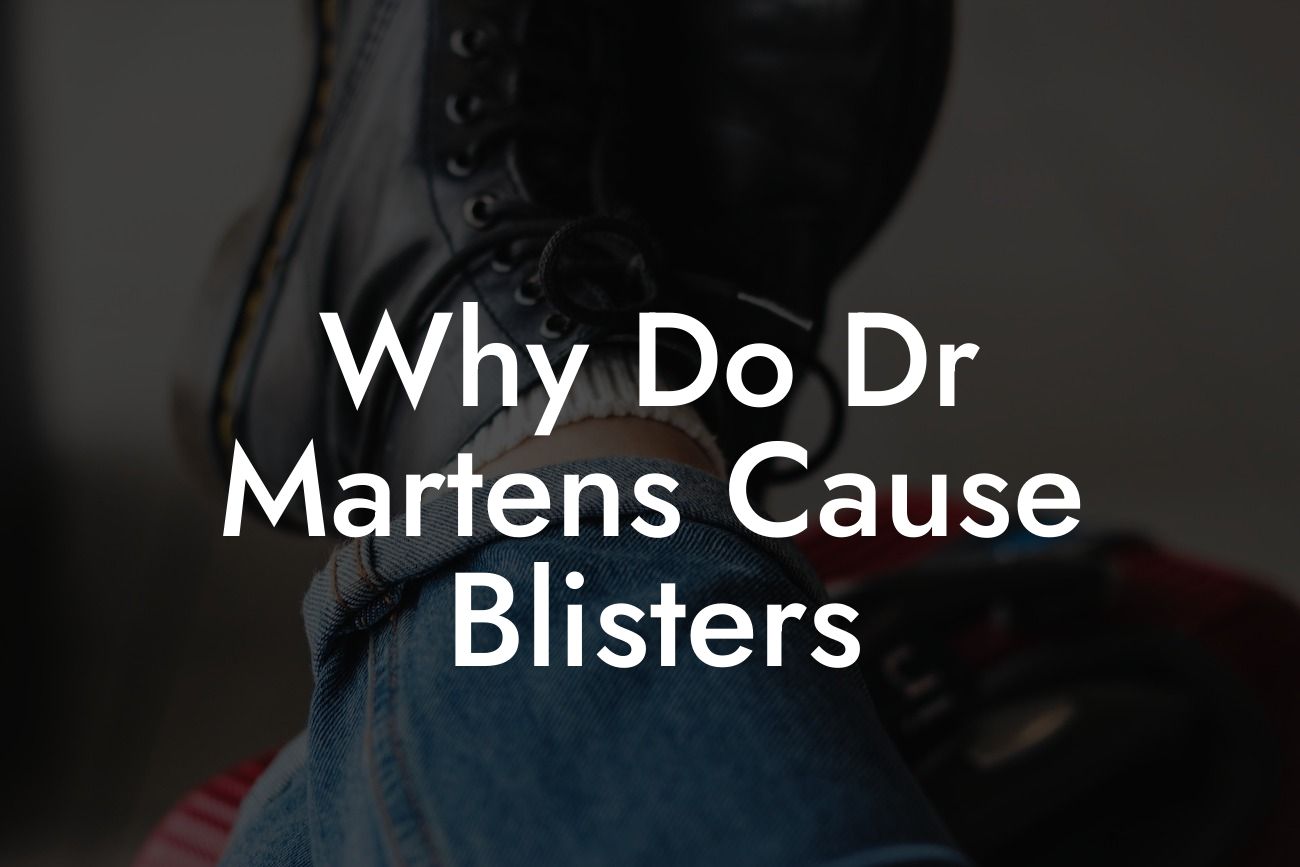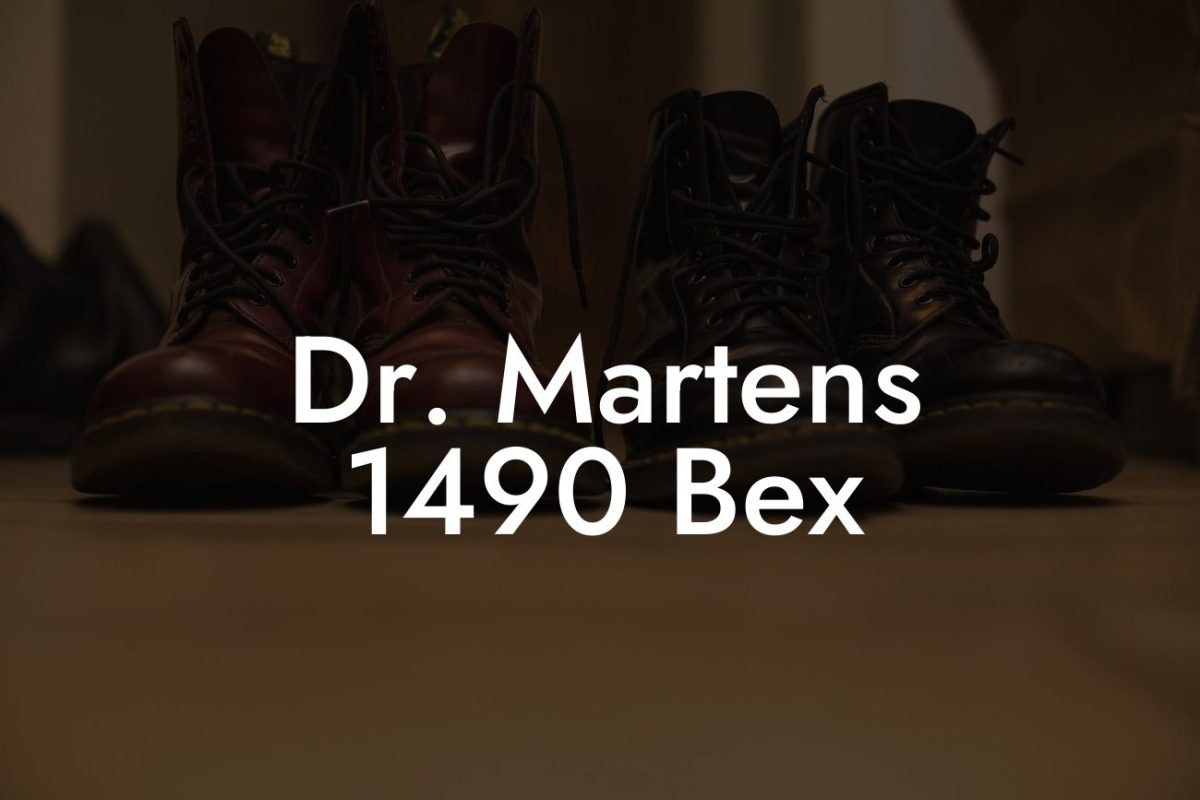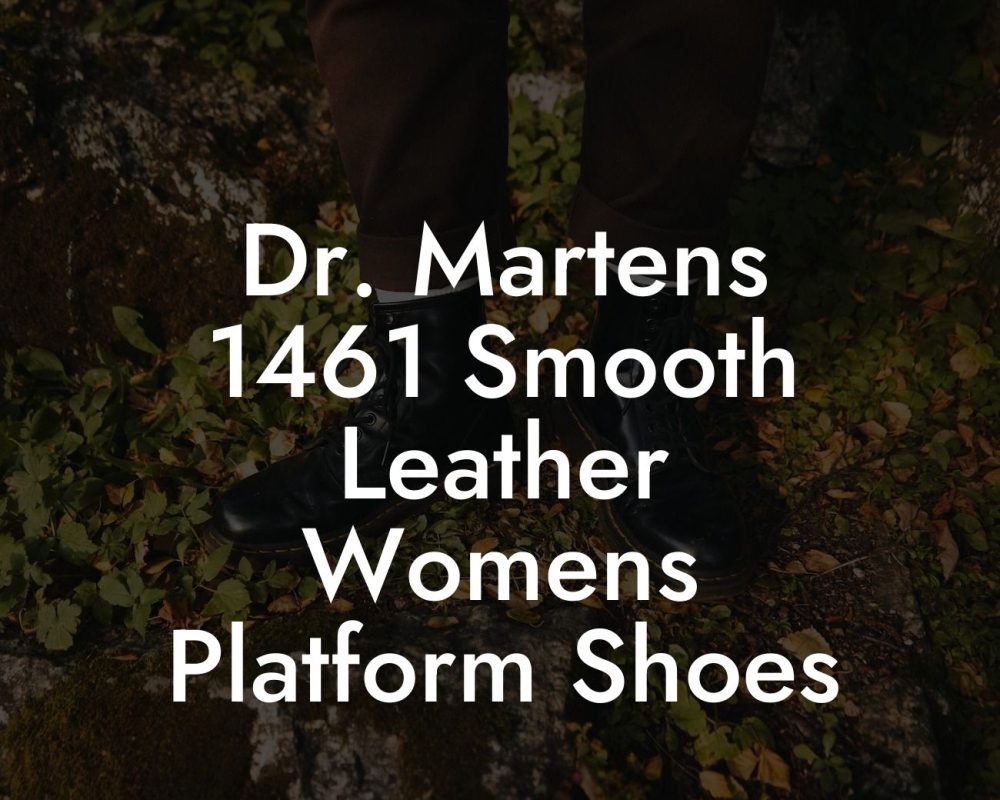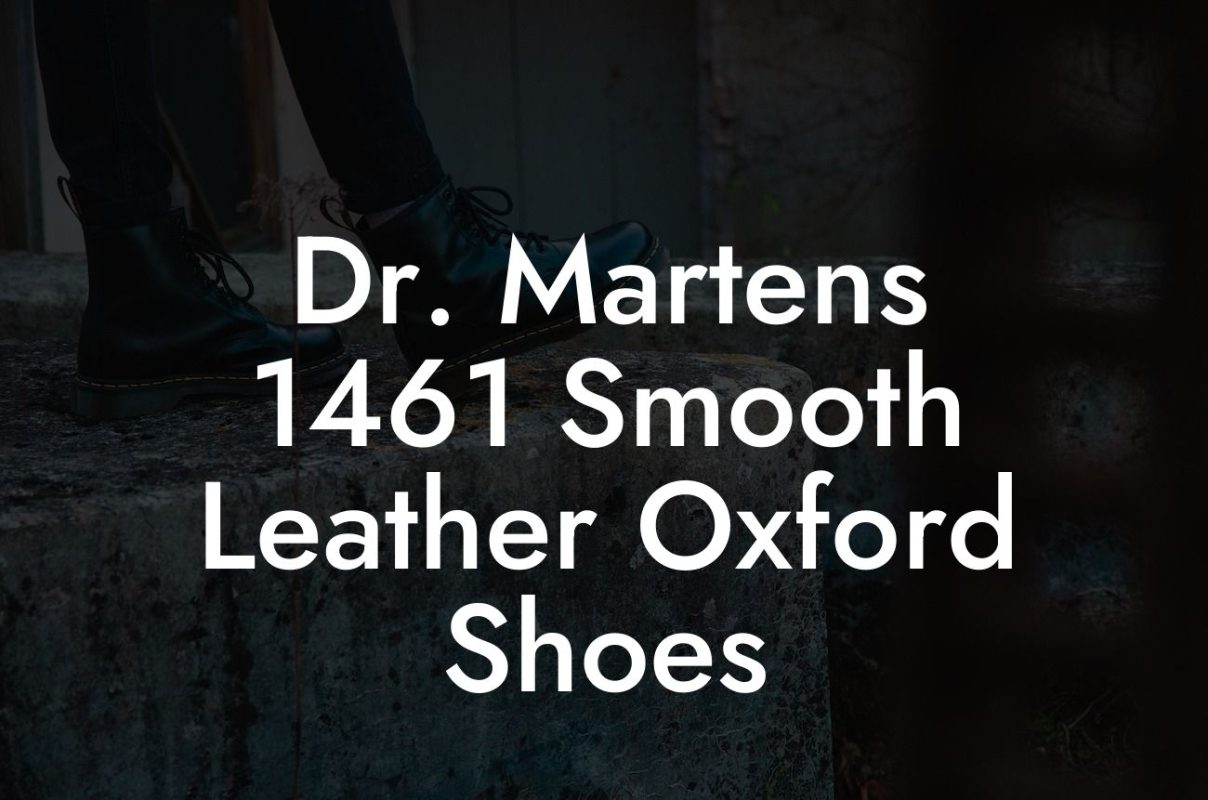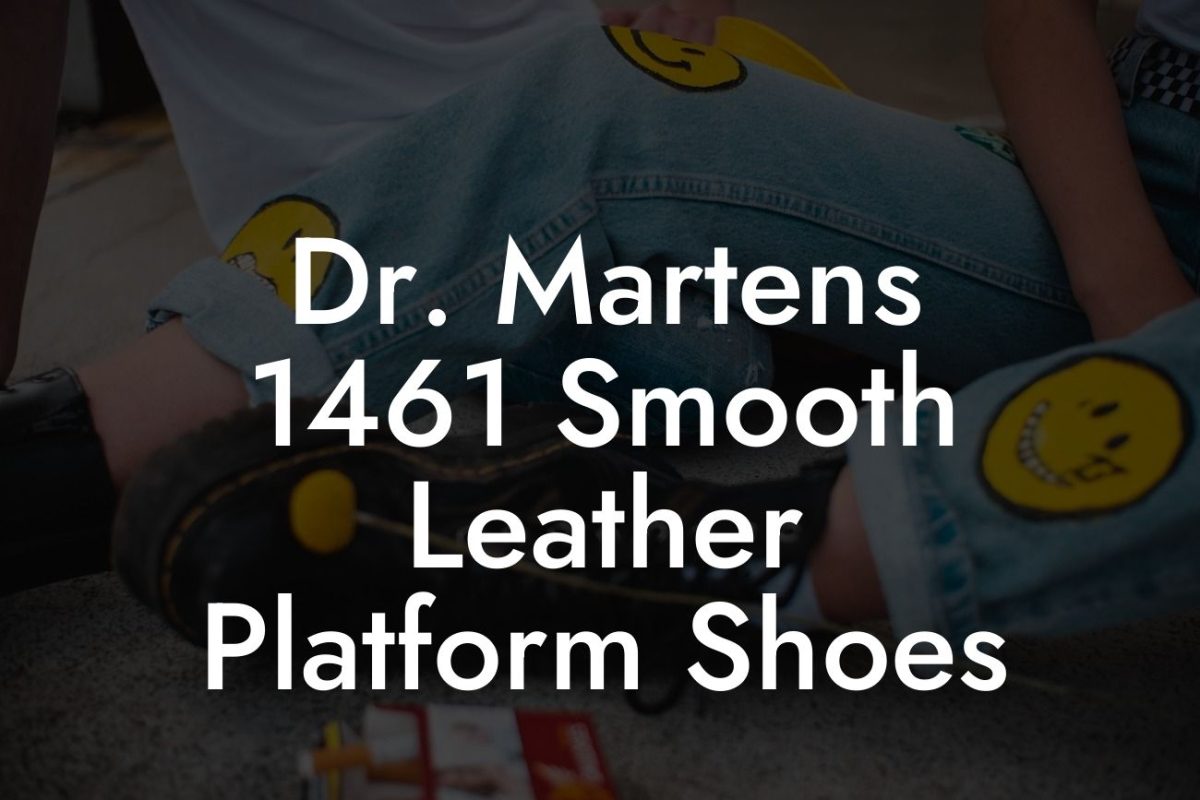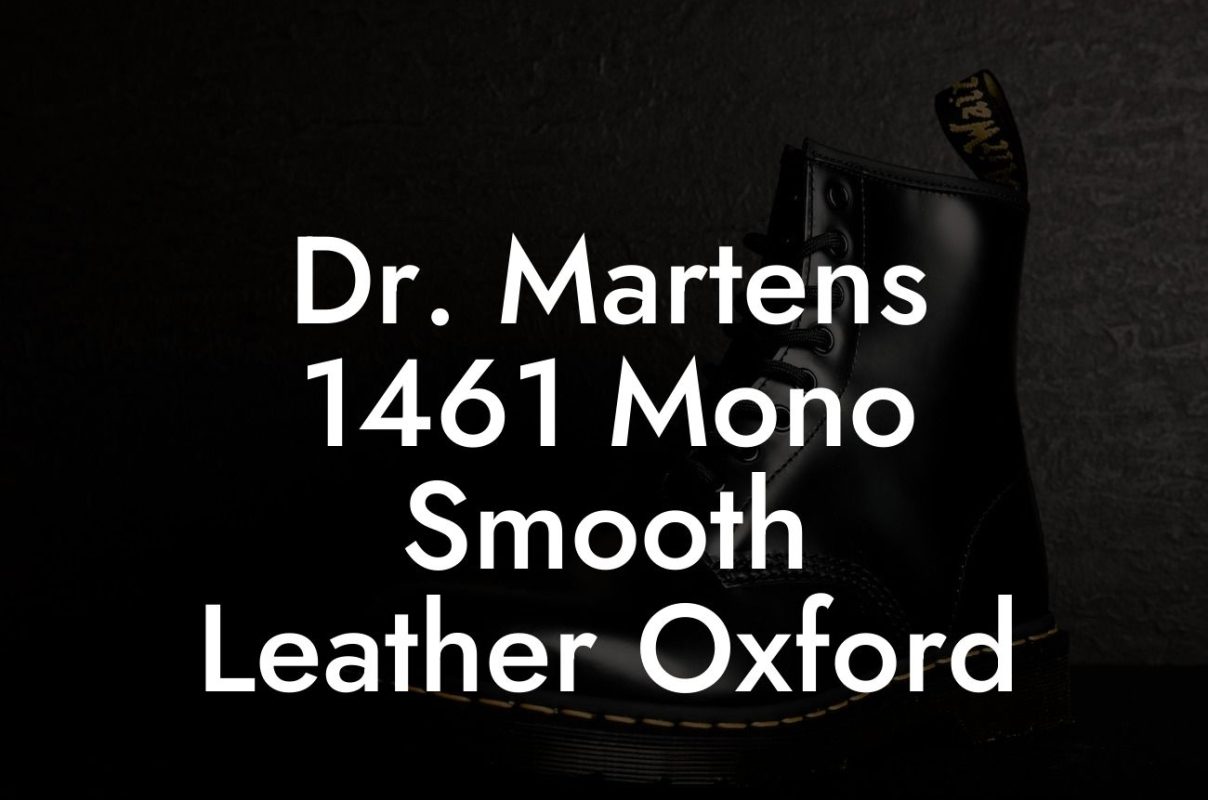Dr Martens shoes have become an iconic symbol of style, durability, and individuality. They have been a beloved footwear choice for decades, known for their unparalleled quality and timeless appeal. However, many wearers have experienced the discomfort of blisters when breaking in their Dr Martens shoes. In this article, we dive deep into the reasons behind this issue and provide you with practical solutions to overcome blister problems. Get ready to step into a blister-free world and fully enjoy the beauty of Dr Martens!
Feet in ridiculous pain and you're slowly loosing the will to live? Try Break Me In Daddy, the easiest way to break in your new Doc Martens without making your feet look like grated cheese. Lactose, cute toes. Find out more →
Understanding the Science of Dr Martens and Blisters
Dr Martens shoes are constructed with high-quality leather that offers exceptional durability. However, this also means that they require some breaking in before achieving the perfect fit. The combination of the robust leather and the initial stiffness of the shoes can lead to friction, thus causing blisters to form. Let's delve into the key factors that contribute to this issue.
1. The Leather: Dr Martens shoes are made from natural leather, which tends to be stiff and rigid when new. This stiffness can lead to excessive friction against your skin, resulting in blisters.
2. Lack of Cushioning: Unlike some other footwear options, Dr Martens shoes typically have minimal cushioning in the sole and footbed. This lack of cushioning can aggravate the pressure points on your feet and increase the risk of blisters.
3. Sizing and Fit: Proper sizing plays a crucial role in avoiding blisters. Ill-fitting shoes, whether too tight or too loose, can cause rubbing and blisters. It's essential to ensure you have the correct size and to break in your Dr Martens gradually.
Now that we understand the science behind Dr Martens and blisters, let's move on to effective techniques to prevent and treat them.
Techniques to Prevent and Treat Blisters from Dr Martens
1. Preparing Your Feet: Before wearing your new Dr Martens shoes, make sure your feet are clean and dry. Apply a thin layer of blister-preventing or friction-reducing products, such as moleskin or petroleum jelly, on areas prone to blisters.
2. Gradual Break-in: Avoid wearing your Dr Martens for long periods initially. Start by wearing them for short periods and gradually increase the duration over time. This allows the leather to soften and mold to the shape of your feet.
3. Thick Socks and Band-Aids: Wear thick, moisture-wicking socks to provide extra cushioning and reduce friction. Additionally, strategically placing band-aids or adhesive moleskin on potential blister spots can offer protection.
4. Heat Treatment: You can speed up the breaking-in process by using heat. Apply gentle heat using a hairdryer on low or warm setting to soften the leather. Remember to wear your shoes immediately afterward, while they're still warm.
Why Do Dr Martens Cause Blisters Example
Imagine this: You've just purchased your first pair of shiny Dr Martens boots. Excitement fills the air as you eagerly put them on, envisioning the stylish outfits you'll create. However, after a day of wearing them, you notice the telltale signs of blisters forming on your heels and toes. The pain and discomfort may be discouraging, but fear not! With the right techniques, dedication, and a little bit of patience, you can conquer the blister battle and enjoy your Dr Martens to the fullest.
Congratulations! You are now armed with the knowledge to overcome blister problems when wearing Dr Martens shoes. Remember to gradually break in your shoes, use appropriate blister prevention methods, and ensure the correct sizing. Don't let blisters keep you from rocking your favorite Dr Martens styles confidently. Join us on Break Me In Daddy for more insightful guides and tips on how to style and care for your Dr Martens. Don't forget to share this article with fellow Dr Martens enthusiasts who could benefit from this valuable information!

